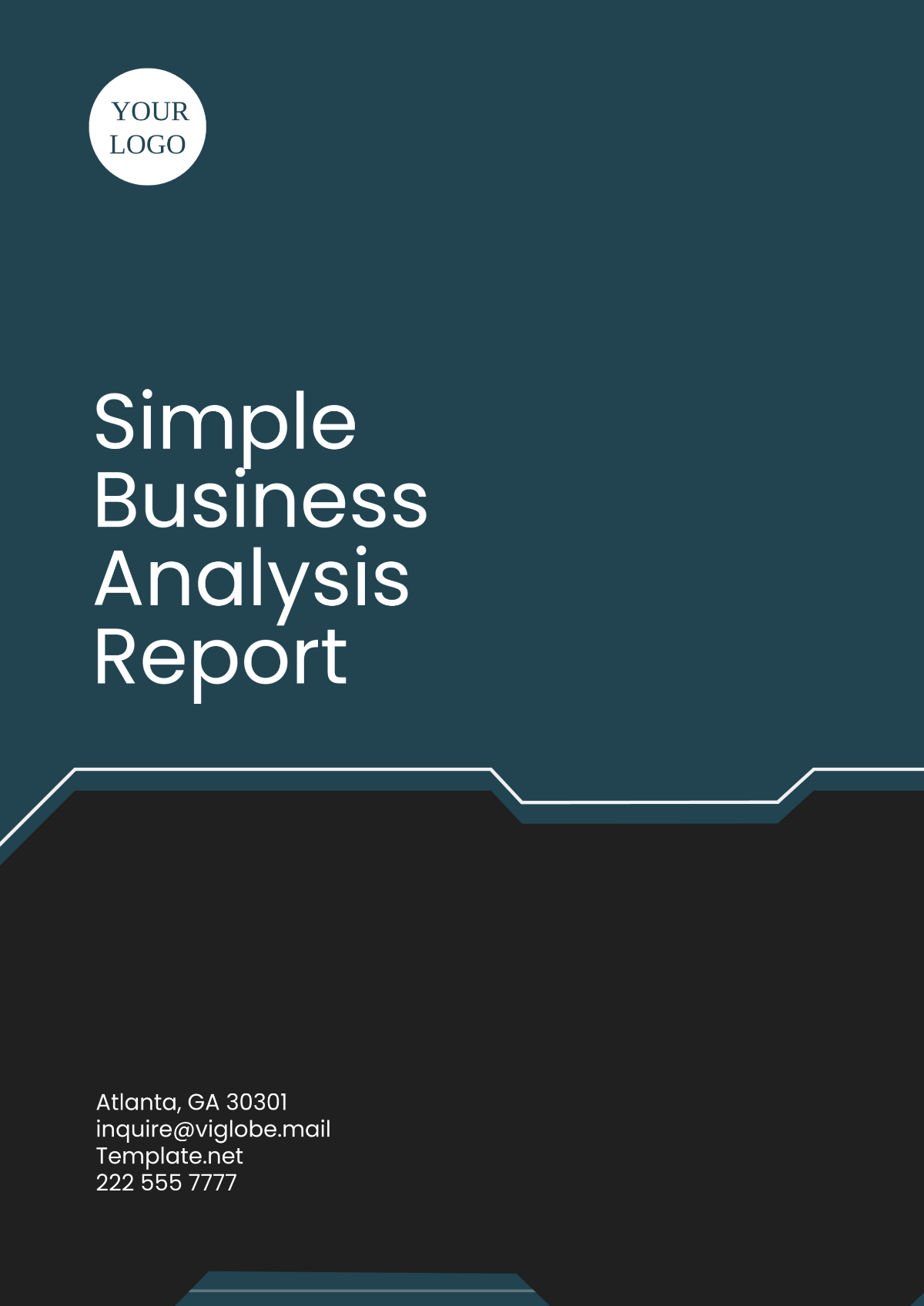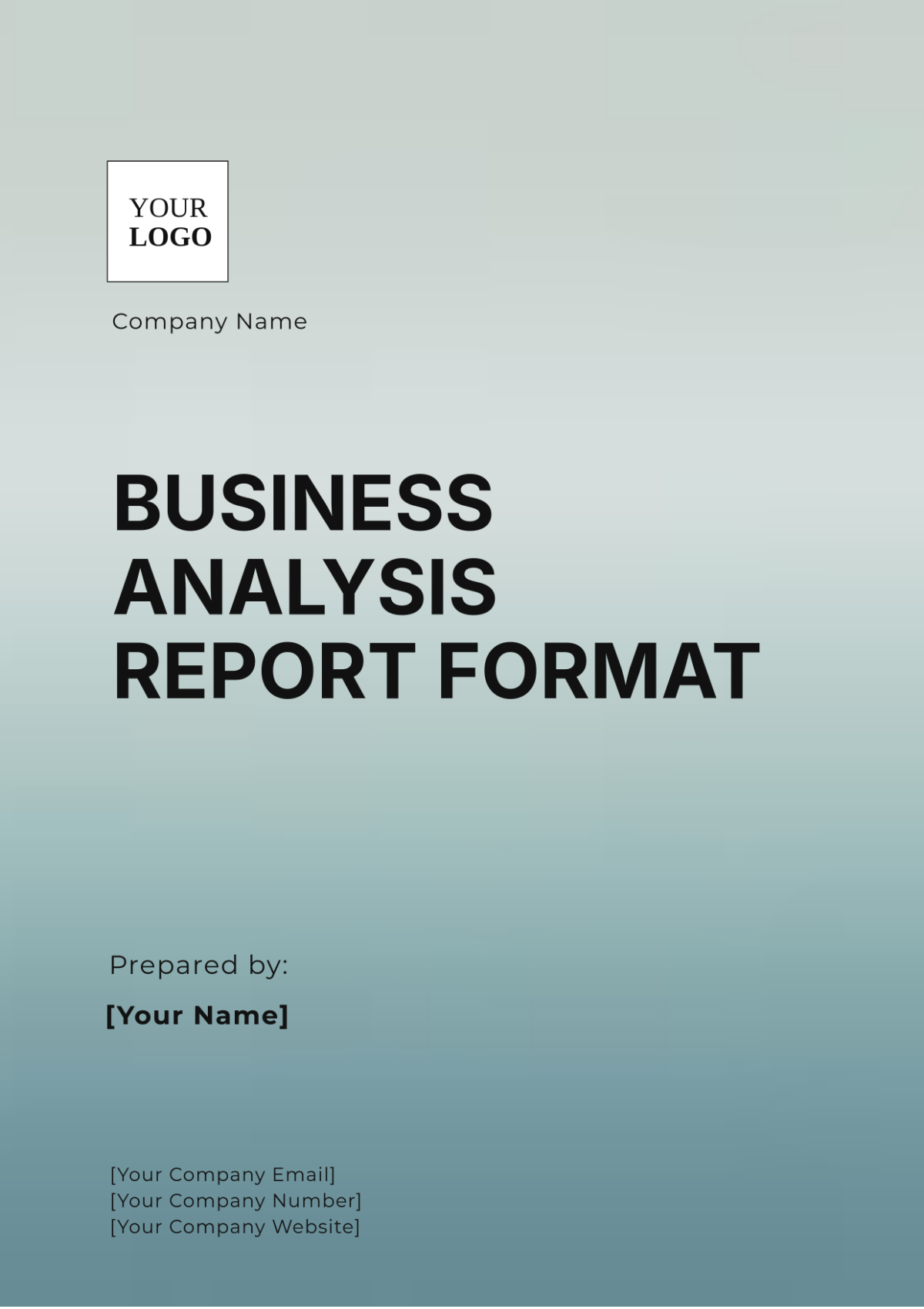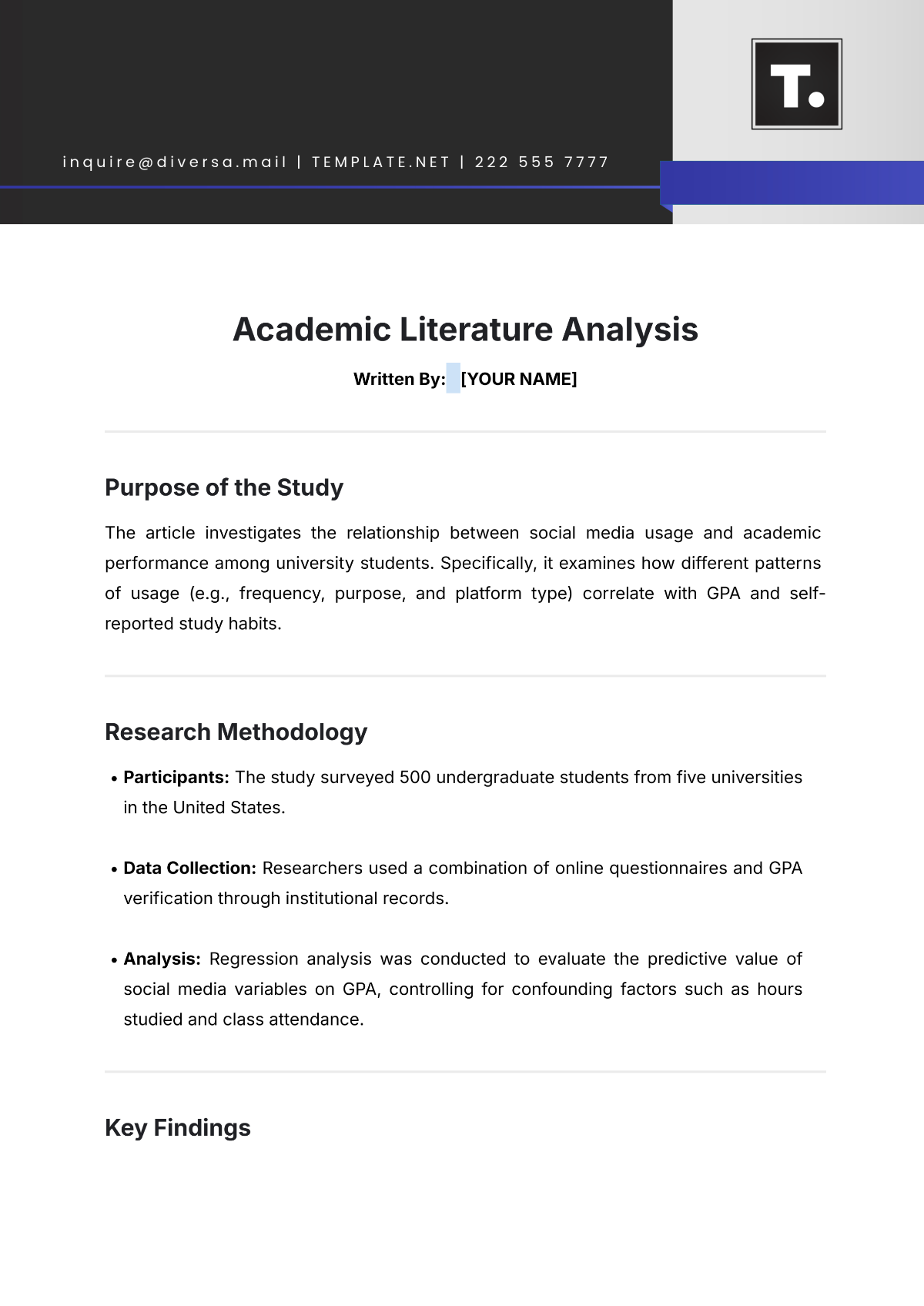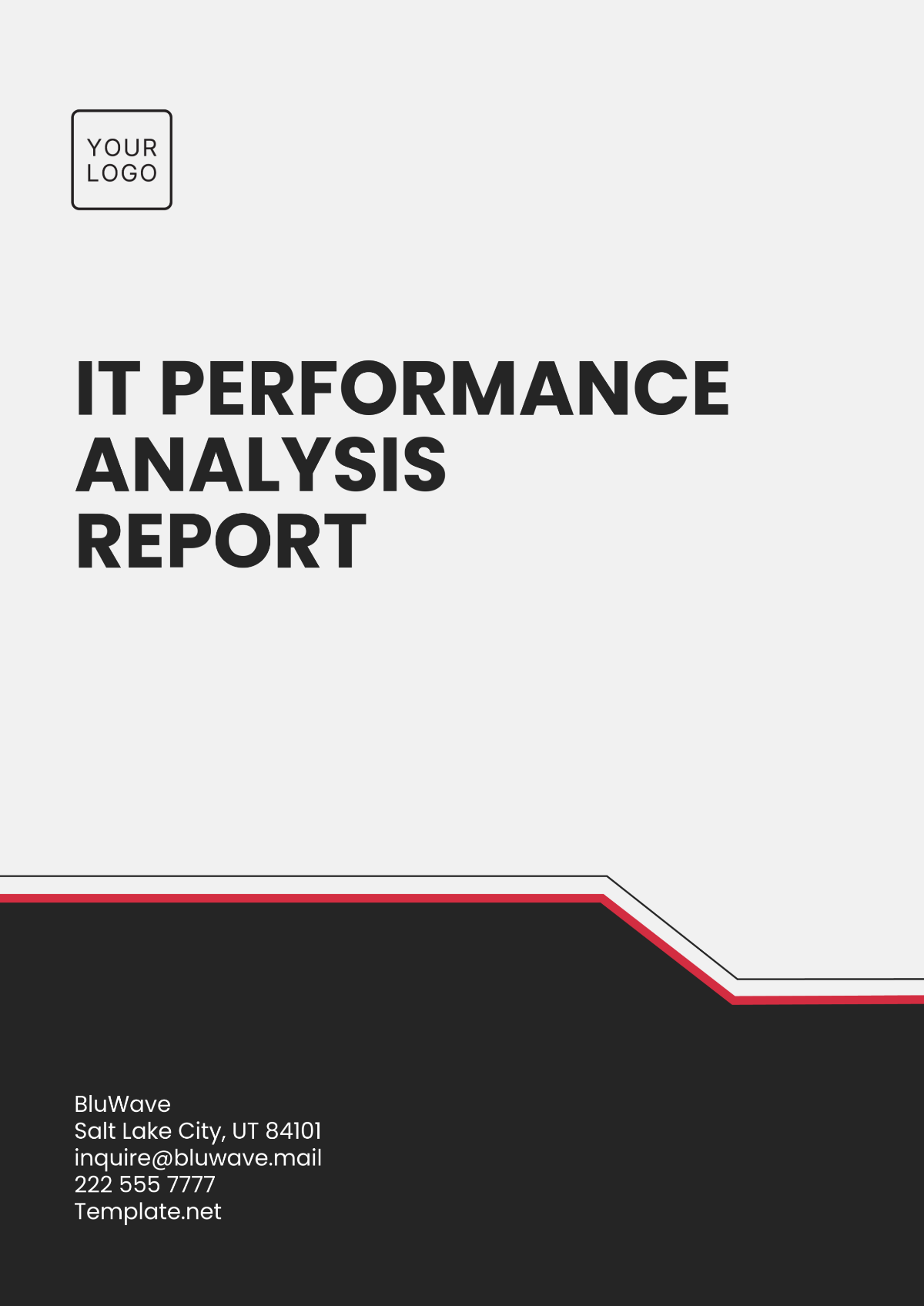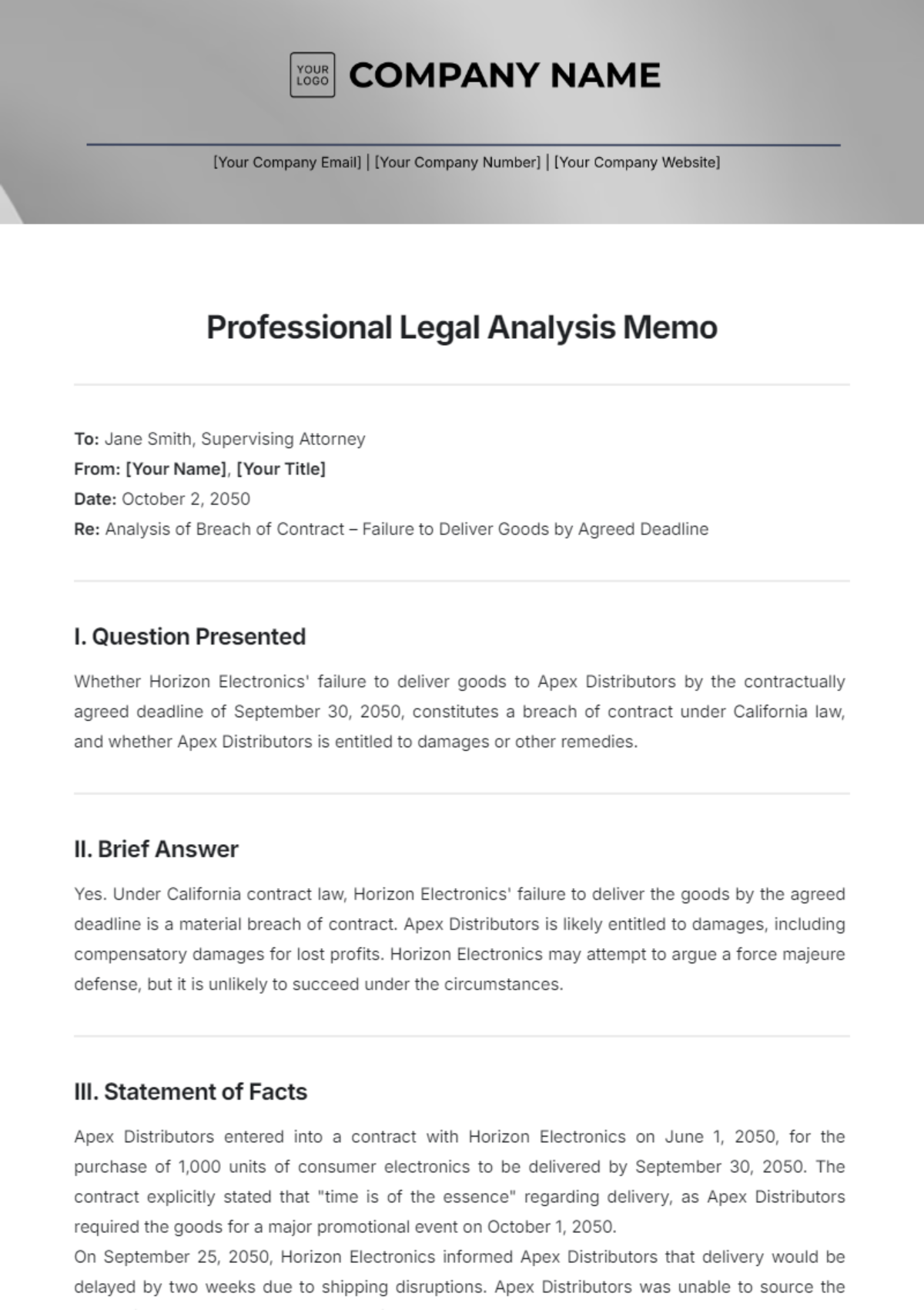Gym Analysis Guide
I. Introduction
In today's health-conscious society, gyms play a crucial role in promoting fitness and well-being. A comprehensive Gym Analysis Guide is essential for understanding the various aspects of gym management and operations. This guide, provided by [Your Company Name], offers a detailed examination of key components such as market analysis, facility assessment, financial performance, customer satisfaction, and compliance with US laws and standards. By following this guide, gym owners and managers can make informed decisions to enhance their services, improve operational efficiency, and ensure a positive experience for their members.
Adhering to US laws and standards is paramount in the fitness industry to ensure the safety and well-being of gym members. This guide will highlight important legal and regulatory requirements, including health and safety regulations, employment laws, and consumer protection standards. By maintaining compliance, gyms can mitigate risks and build trust with their clientele. Whether you are a new gym owner or an experienced operator, this Gym Analysis Guide from [Your Company Name] will provide valuable insights and practical tools to help you succeed in a competitive market, ensuring your gym remains a safe, welcoming, and thriving environment for all members.
II. Facility Assessment
A thorough facility assessment is crucial for maintaining a high standard of gym operations. This section provides a detailed evaluation of the gym's equipment inventory and maintenance schedule. Regular assessments ensure that all equipment is in optimal condition, contributing to member satisfaction and safety. By systematically cataloging and maintaining gym equipment, [Your Company Name] can ensure a safe, efficient, and appealing workout environment. This approach not only enhances member experience but also extends the lifespan of the equipment, reducing long-term costs and minimizing downtime.
A. Equipment Inventory
A comprehensive equipment inventory is essential for managing and optimizing gym operations. This section categorizes the gym's equipment, detailing cardiovascular machines, strength training equipment, free weights, and specialized equipment. By maintaining a detailed inventory, [Your Company Name] can ensure that all equipment is available, properly maintained, and meets the diverse needs of its members.
Category | Details |
|---|---|
Cardiovascular Machines | Treadmills, Ellipticals, Stationary Bikes, Rowing Machines, Stair Climbers |
Strength Training Equipment | Weight Machines, Resistance Bands, Cable Machines, Leg Press Machines |
Free Weights | Dumbbells, Barbells, Kettlebells, Weight Plates, Medicine Balls |
Specialized Equipment | TRX Systems, Battle Ropes, Plyometric Boxes, Sandbags, Suspension Trainers |
B. Maintenance Schedule
Regular maintenance is critical for ensuring the safety and functionality of gym equipment. This section outlines a structured maintenance schedule, including monthly equipment inspections, bi-annual deep cleaning, and annual safety audits. Following this schedule helps [Your Company Name] maintain a clean, safe, and efficient workout environment, enhancing member satisfaction and extending equipment lifespan.
Task | Frequency | Details |
|---|---|---|
Monthly Equipment Inspections | Monthly | Inspect and test all equipment for functionality and safety. Report any issues for immediate repair. |
Bi-Annual Deep Cleaning | Every six months | Conduct deep cleaning of all gym areas, including under and around equipment. Sanitize all touchpoints and surfaces. |
Annual Safety Audits | Annually | Perform a comprehensive safety audit of the facility, including equipment, emergency exits, and safety protocols. Update safety procedures as necessary. |
III. Membership Analysis
Understanding membership dynamics is vital for tailoring services to meet the needs of various member segments. This section provides a detailed analysis of membership demographics and types, offering insights into the composition and preferences of gym members. By analyzing this data, [Your Company Name] can develop targeted marketing strategies and improve member retention and satisfaction.
A. Membership Demographics
A clear picture of membership demographics helps in understanding the gym's audience and catering to their specific needs. This subsection breaks down the age distribution of the gym's members, which is essential for designing age-appropriate programs and services.
Age Group | Percentage (%) |
|---|---|
18-25 | 35% |
26-35 | 40% |
36-50 | 20% |
50+ | 5% |
The data indicates that the largest age group of gym members is 26-35 years old, comprising 40% of the membership. This is followed by the 18-25 age group at 35%, while the 36-50 age group makes up 20%. Members aged 50 and above represent the smallest segment at 5%. These insights suggest a predominantly younger membership base, which may influence the types of services and programs offered by the gym, focusing more on dynamic and high-intensity workouts.
B. Membership Types
Understanding the distribution of membership types helps in structuring membership plans and promotions to suit different member preferences. This subsection outlines the various membership types available at the gym.
Membership Type | Details |
|---|---|
Monthly Subscriptions | Flexible month-to-month membership plans. |
Annual Memberships | Cost-effective yearly membership packages. |
Guest Passes | Short-term access for non-members or visitors. |
By analyzing the membership types, [Your Company Name] can identify trends in member preferences and tailor marketing efforts to attract and retain members effectively.
IV. Financial Performance
Analyzing financial performance is crucial for the long-term sustainability of [Your Company Name]. This section covers the key revenue streams and expense tracking methods, providing a comprehensive view of the gym's financial health. Understanding these financial aspects enables better budgeting, resource allocation, and strategic planning, ensuring the gym operates efficiently and profitably.
A. Revenue Streams
Identifying and analyzing revenue streams helps in understanding how the gym generates income. This subsection outlines the various sources of revenue, which are vital for sustaining and growing the business.
Revenue Stream | Details |
|---|---|
Membership Fees | Income from monthly and annual memberships. |
Personal Training Fees | Revenue from personalized training sessions. |
Supplement and Merchandise Sales | Sales from health supplements and gym merchandise. |
Special Classes | Fees from specialized fitness classes and workshops. |
B. Expense Tracking
Effective expense tracking is essential for managing the gym’s costs and ensuring financial stability. This subsection details the major expense categories that need to be monitored regularly.
Expense Category | Details |
|---|---|
Payroll | Salaries and wages of gym staff and trainers. |
Facility Maintenance | Costs for maintaining gym equipment and premises. |
Utility Bills | Expenses for electricity, water, and other utilities. |
Marketing and Advertising | Budget for promotional activities and advertisements. |
V. Customer Satisfaction
Customer satisfaction is a critical component of a successful gym. It not only influences member retention but also enhances the gym's reputation and attracts new members. This section focuses on the methods for collecting feedback from members and outlines an action plan for addressing their concerns and suggestions. By systematically gathering and acting on member feedback, [Your Company Name] can create a positive and supportive gym environment, ultimately leading to higher satisfaction and loyalty.
A. Feedback Collection
Effective feedback collection is essential for understanding member needs and identifying areas for improvement. [Your Company Name] can utilize several methods to gather feedback from its members, ensuring a comprehensive understanding of their experiences and expectations.
Surveys: Periodic surveys can be distributed to members to gather structured feedback on various aspects of the gym's services, facilities, and programs. These surveys can be conducted online or on paper, allowing members to provide detailed responses on their satisfaction levels and any specific concerns they might have. Surveys should include questions about equipment quality, cleanliness, staff behavior, class offerings, and overall experience.
Suggestion Boxes: Physical suggestion boxes placed at strategic locations within the gym allow members to submit their feedback anonymously. This method encourages honest and open communication, as members may feel more comfortable sharing their thoughts without revealing their identities. Suggestion boxes should be checked regularly, and the feedback collected should be reviewed and analyzed to identify common themes and actionable insights.
Online Reviews: Monitoring online reviews on platforms such as Google, Yelp, and social media can provide valuable insights into members' experiences. Encouraging satisfied members to leave positive reviews can enhance the gym's online reputation, while addressing negative reviews promptly and professionally demonstrates a commitment to customer satisfaction. Analyzing trends in online reviews can help identify recurring issues and areas for improvement.
B. Action Plan
Collecting feedback is only the first step in ensuring customer satisfaction. Developing and implementing an action plan to address member concerns and suggestions is crucial for continuous improvement and member retention.
Addressing Complaints: Addressing member complaints promptly and effectively is crucial for maintaining trust and satisfaction at [Your Company Name]. This structured 5-step process ensures that complaints are handled with professionalism and care, fostering a positive gym environment.
Acknowledge Promptly: Immediately acknowledge receipt of the complaint to reassure the member that their concerns are being taken seriously.
Investigate Thoroughly: Assign a dedicated staff member or team to thoroughly investigate the complaint, gathering all necessary details and facts.
Communicate Clearly: Keep the member informed throughout the process, providing updates on the investigation and proposed resolutions.
Resolve Effectively: Implement the resolution plan swiftly and effectively, ensuring the member's satisfaction with the outcome.
Document and Analyze: Document the complaint and its resolution thoroughly, analyzing trends to identify opportunities for improvement in gym operations.
Implementing Suggestions: Members' suggestions can provide valuable insights into potential improvements. Regularly reviewing and prioritizing suggestions based on feasibility and impact can lead to meaningful changes that enhance the member experience. For example, if multiple members suggest adding a specific type of equipment or offering a new class, [Your Company Name] should consider these requests and assess their viability. Implementing member suggestions not only improves the gym's services but also shows members that their opinions are valued, fostering a sense of community and loyalty.
Regular Follow-Ups: Following up with members after addressing their complaints or implementing their suggestions is essential for demonstrating a commitment to continuous improvement. This can be done through personalized emails, phone calls, or in-person conversations. Follow-ups should thank members for their feedback, inform them of the actions taken, and invite them to share any additional thoughts. Regular follow-ups can also be incorporated into periodic surveys to gauge ongoing satisfaction and identify new areas for improvement. Additionally, creating a feedback loop where members are regularly updated on changes and improvements made based on their input can enhance transparency and trust.
By effectively collecting feedback and implementing a structured action plan, [Your Company Name] can ensure high levels of customer satisfaction. This proactive approach not only addresses immediate concerns but also fosters a culture of continuous improvement and responsiveness, ultimately leading to a thriving and loyal member base.
VI. Staff Performance
Ensuring high staff performance is integral to maintaining [Your Company Name]'s standards of service excellence. This section outlines strategies for employee training and performance evaluation, fostering a supportive and motivated team environment.
A. Employee Training
Investing in comprehensive employee training programs is essential for equipping staff with the skills and knowledge to deliver exceptional service.
Initial Training Programs: New hires undergo rigorous initial training programs tailored to their roles. These programs cover gym policies, customer service standards, safety protocols, and operational procedures. By providing thorough training from the outset, [Your Company Name] ensures that all staff members are well-prepared to meet member needs and uphold gym standards.
Continuous Education: Ongoing learning opportunities are offered to staff to enhance their professional development. Workshops, seminars, and online courses keep employees updated on industry trends, new equipment usage, and advanced training techniques. Continuous education not only improves staff competency but also boosts morale and job satisfaction.
Certifications and Licenses: Staff are encouraged to obtain relevant certifications and licenses. These credentials validate their expertise in specialized areas such as personal training, nutrition counseling, or group fitness instruction. [Your Company Name] supports staff in acquiring and maintaining these qualifications, ensuring a high level of competency across the team.
B. Performance Evaluation
Regular performance evaluations help [Your Company Name] assess staff effectiveness and provide constructive feedback for improvement.
Monthly Reviews: Monthly performance reviews allow managers to discuss individual performance, progress on goals, and areas needing development. These reviews provide opportunities to recognize achievements and address any challenges promptly. Feedback from monthly reviews guides staff in refining their skills and meeting performance expectations.
Quarterly Goals: Setting quarterly performance goals aligns staff efforts with [Your Company Name]'s strategic objectives. Goals may include improving member satisfaction scores, achieving certification milestones, or completing specific training programs. Clear and measurable goals motivate staff and contribute to overall team success.
Annual Performance Bonuses: Recognizing exceptional performance, [Your Company Name] awards annual performance bonuses based on achievements throughout the year. Bonuses incentivize staff to excel in their roles and contribute positively to gym operations. Performance bonuses are tied to measurable metrics such as member retention rates, service excellence feedback, and personal development milestones.
VII. Conclusion
This guide offers a structured approach to effectively evaluate and enhance your gym's operations. By implementing regular assessments and following the strategies outlined in this document, [Your Company Name] can achieve continuous improvements in service delivery and member satisfaction.
Structured Evaluation for Continuous Improvement
Regular assessments, such as facility inspections, membership analysis, financial performance reviews, and customer satisfaction surveys, are essential for identifying areas of strength and opportunities for enhancement. These evaluations allow [Your Company Name] to adapt swiftly to changing member needs and industry trends, ensuring the gym remains competitive and member-focused.
Commitment to Customer Satisfaction
At [Your Company Name], our primary goal is to provide a superior gym experience that exceeds member expectations. By prioritizing feedback collection and promptly addressing concerns through robust action plans, we demonstrate our commitment to customer satisfaction and loyalty. Continuous feedback loops and proactive improvements reinforce our dedication to delivering exceptional service at every interaction.
Contact Us for Personalized Assistance
For further information on implementing these strategies or personalized assistance tailored to your gym's specific needs, please contact [Your Name] at [Your Company Email]. We are here to support your journey towards operational excellence and sustained growth.



















